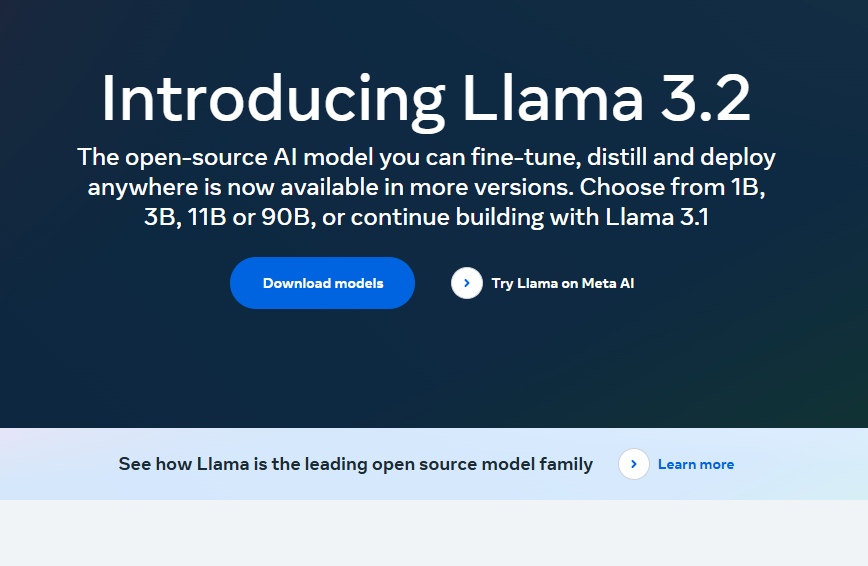Recently, Meta AI introduced the new quantized Llama3.2 model, available in 1B and 3B versions, designed for fine-tuning, distillation, and deployment across various devices.

Previously, despite significant achievements in natural language understanding and generation by models like Llama3, their large size and high computational demands made them difficult for many organizations to utilize. Long training times, high energy consumption, and reliance on expensive hardware undoubtedly widened the gap between tech giants and small businesses.
One of the key features of Llama3.2 is its support for multilingual text and image processing. The 1B and 3B models, after quantization, can reduce their size by an average of 56% and decrease memory usage by 41%, while achieving a 2-3x speed improvement, making them ideal for mobile devices and edge computing environments.
Specifically, these models employ 8-bit and 4-bit quantization strategies, reducing the original 32-bit floating-point precision for weights and activations, thereby significantly lowering memory requirements and computational demands. This means the quantized Llama3.2 models can run on standard consumer-grade GPUs or even CPUs with virtually no performance loss.
Imagine users now being able to perform various intelligent applications on their phones, such as summarizing discussions in real-time or invoking calendar tools, all thanks to these lightweight models.

Meta AI has also partnered with industry leaders like Qualcomm and MediaTek to deploy these models on Arm CPU-based system-on-chips, ensuring efficient use across a wide range of devices. Early tests show that the quantized Llama3.2 achieves 95% of the Llama3 model's performance in major natural language processing benchmarks, with nearly 60% less memory usage. This is significant for businesses and researchers looking to implement AI without heavy infrastructure investments.
The quantized Llama3.2 model launched by Meta AI not only takes a significant step towards improving the accessibility of AI technology but also addresses some core issues in the application of large-scale language models, such as cost and environmental impact. This efficient model development trend is set to drive sustainable and inclusive AI development in the future.
Model access: https://www.llama.com/
Key Points:
🌟 Meta AI's quantized Llama3.2 model, available in 1B and 3B versions, significantly reduces model size and computational resource requirements.
⚡️ Model inference speed is increased by 2-4 times, suitable for consumer-grade hardware, ideal for real-time applications.
🌍 Quantized Llama3.2 performs almost as well as the original model in natural language processing, enabling businesses and researchers to implement AI applications.
